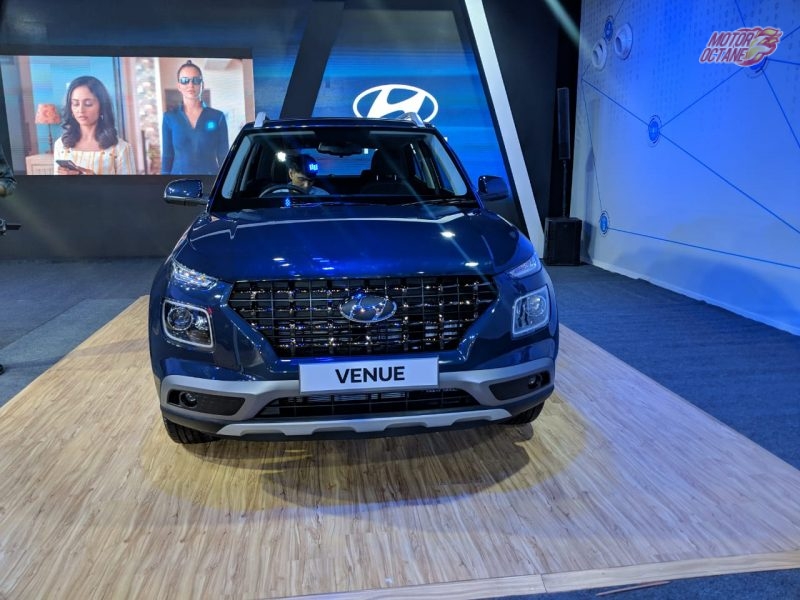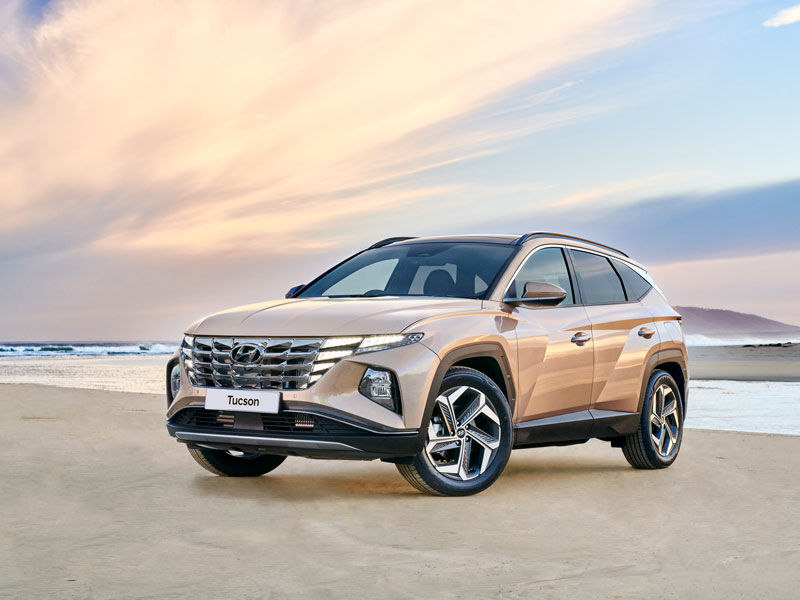Whether for almost any vehicle, home or commercial application when talking about window tint film, possibly the most important characteristics occurs when much light the tint enables to provide. In several applications, helpful to those who when attemping to gauge the amount security, protection and privacy from heat and dangerous Ultra crimson sun sun sun rays a tint offers. In automotive applications, nevertheless it’s especially critical just as much states have laws and regulations and rules and rules restricting how dark the tint may be round the vehicle’s home home home windows. Consequently, window tinting film film film manufacturers have produced a process for calculating the amount light a tint enables allow it. However, there is a couple of details to think about when discussing the darkness in the window tint.

Whatever the application, all window tint film is measured using the materials visible light transmission levels (VLT). To put it simply, the VLT value may be the volume of visible light the tint enables through outside from the automobile, building or where one can the inside. The lower the VLT percentage, the higher dark the tint is along with the more outdoors light it blocks. A tint having a VLT cost of 5% signifies of the question tint only permits 5% within the exterior light allow it, while a movie obtaining a 50% VLT value enables 50% within the light from outdoors to provide. In addition, because tints can also be offered in lots of colors when professionals are speaking of a tint they frequently identify it using the tint’s color and VLT value. For instance, a charcoal colored tint obtaining a VLT of 5% is called charcoal 5%. Likewise, a eco-friendly colored tint film obtaining a VLT of fiftyPercent is known as eco-friendly 50%.
Although a lot of might think the VLT in the tint may be the only answer to consider when calculating the very best VLT of installed window tint, there’s one other good aspect that require thinking about. Every bit of glass, whatever the application, blocks some light. Consequently, glass also offers its very own VLT value, that you should taken into account to be able to determine the installed tint’s final VLT value. For instance, in situation your problem law says minimal costly legal VLT value for almost any tinted vehicle window was 30% along with an individual would utilize a tint obtaining a 30% VLT rating, the home home home windows final VLT rating would really fall underneath the legal limit due to the window’s natural VLT value. Because of this, window tinting film film film professionals use a simple formula to calculate the installed window tint’s final VLT value:

V1 (VLT cost of glass) x V2 (VLT cost of tint) = V3 (final VLT value)
Let us assume, for instance, the legal limit for the window tint in the vehicle is 30% along with the vehicles glass includes a VLT cost of 75%. During this situation, because everyone knows the VLT cost of from the question along with the final VLT value you have to achieve we must arrange the formula to calculate the best tint to put together the following:
V3 (final VLT value) ÷ V1 (VLT of glass) = V2(VLT cost of tint)
.30 (30%) ÷ .75 (75%) =.40 (40%)
Based on this formula, installing a window tint obtaining a VLT cost of 40% can lead to one further VLT cost of 30% as preferred. Professional installers employing this formula save their clients a lot of money not just to traffic tickets for unlawfully tinted home home home windows, but in addition within the reinstallation of window tint which most traffic courts require every time a driver can get to become ticket for unlawfully tinted home home home windows.



